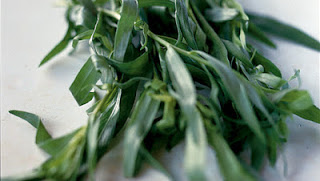Ingredients
Serves Four
5g net carbs per serving
Chicken
2 1⁄3 lbs (1 Kg) chicken thighs (bone-in with skin)
3 tbsp olive oil
2 tbsp Italian seasoning
½ tbsp salt
½ tbsp ground black pepper
2 tsp garlic powder
Dijon lemon dressing
The juices from the chicken
¼ cup (60ml) olive oil
½ lemon, juice and zest
½ tbsp Dijon mustard
salt and ground black pepper to taste
Serving
12 oz. (350g) tomatoes, cut into wedges (about 4 oz. per tomato)
4 oz. (110g) leafy greens
Chicken
2 1⁄3 lbs (1 Kg) chicken thighs (bone-in with skin)
3 tbsp olive oil
2 tbsp Italian seasoning
½ tbsp salt
½ tbsp ground black pepper
2 tsp garlic powder
Dijon lemon dressing
The juices from the chicken
¼ cup (60ml) olive oil
½ lemon, juice and zest
½ tbsp Dijon mustard
salt and ground black pepper to taste
Serving
12 oz. (350g) tomatoes, cut into wedges (about 4 oz. per tomato)
4 oz. (110g) leafy greens
Recipe instructions
Italian Seasoning Recipe
2 tablespoons dried basil
2 tablespoons dried oregano
2 tablespoons dried rosemary
2 tablespoons dried thyme
2 tablespoons dried marjoram
more details here
Vegetarian Choices, five recipe suggestions can be seen here
Vegan Choices, lower carb recipe suggestions can be seen here
All the best Jan































